After mastering empanadas for over two decades, I'm excited to share my comprehensive empanadas recipe guide with you. Whether you're craving authentic beef empanadas, Colombian-style treats, or an easy chicken variation, this guide covers everything from traditional homemade dough to perfect fillings and cooking techniques. These savory pastry turnovers have won the hearts of food lovers worldwide for good reason; they're versatile, portable, and absolutely delicious!

What Are Empanada?
Empanadas are hand held pastries consisting of a dough wrapper filled with various savory or sweet fillings, then baked or fried until golden. Popular throughout Latin America and Spain, each country has its own distinctive style, fillings, and dough recipes. The name comes from the Spanish word "empanar," meaning to wrap in bread or dough. These versatile treats can be served as appetizers, main courses, or street food.
Jump to:
Ingredients
For the Empanada Dough
- All-purpose flour
- Salt
- Cold butter or lard
- Egg
- Cold water or milk
- White vinegar (optional, helps with tenderness)
For Beef Empanada Filling
- Ground beef
- Onion
- Bell peppers
- Garlic
- Tomato paste or sauce
- Olives (optional)
- Hard-boiled eggs (optional)
- Cumin, oregano, paprika, salt, and pepper
- Optional: raisins (traditional in some regions)
For Chicken Empanada Filling
- Cooked shredded chicken
- Onion
- Garlic
- Bell peppers
- Spices (cumin, oregano, etc.)
- Optional: potatoes, peas, or corn
For Finishing
- Egg wash (beaten egg with a splash of water)
- Optional: sesame seeds or coarse salt for topping
See recipe card for quantities.
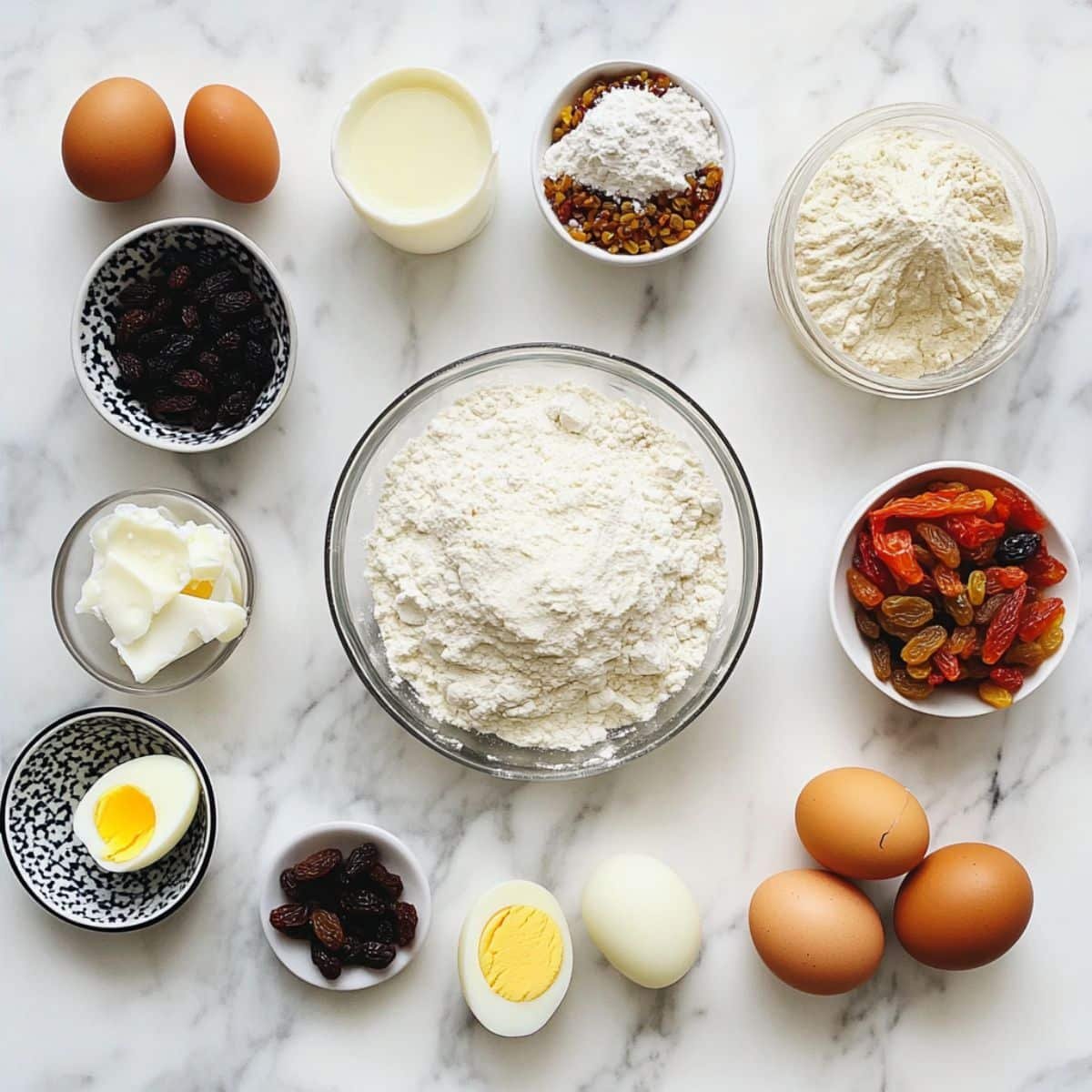
How to Make Authentic Empanada
Prepare the Empanada Dough
- Combine flour and salt in a large bowl
- Cut cold butter or lard into the flour until mixture resembles coarse crumbs
- Mix egg, water, and vinegar in a separate bowl
- Gradually add liquid to flour mixture, stirring until dough forms
- Knead briefly until smooth (don't overwork)
- Form into a disc, wrap in plastic, and refrigerate for at least 1 hour

Make the Beef Filling
- Brown ground beef in a skillet, breaking it into small pieces
- Add diced onions, peppers, and garlic, sautéing until soft
- Stir in tomato paste and spices, cooking until fragrant
- Add olives, diced hard-boiled eggs, or raisins if using
- Season to taste and let cool completely before filling empanadas
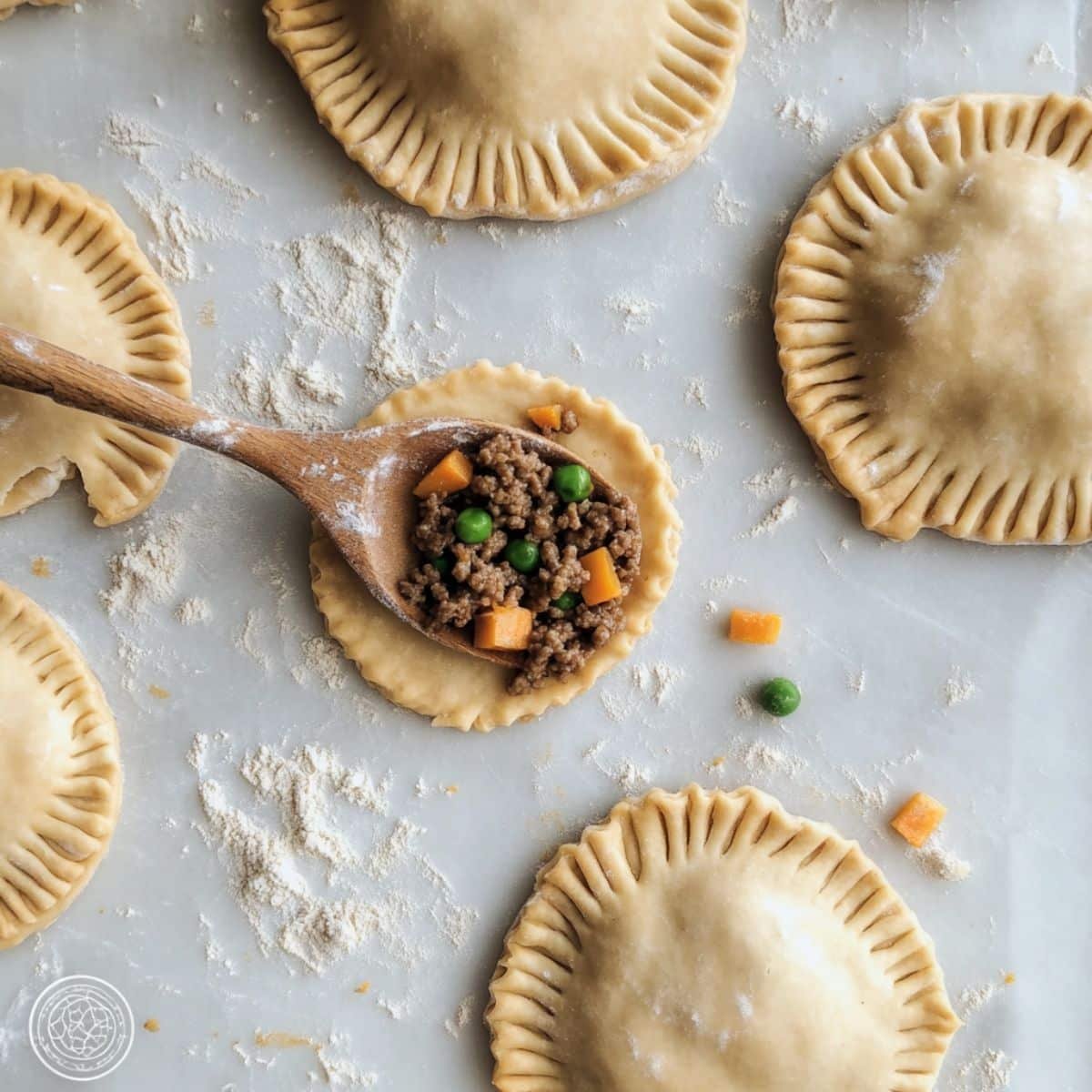
Assemble the Empanadas
- Roll chilled dough on a floured surface to about ⅛-inch thickness
- Cut into 4-5 inch circles using a round cutter or small plate
- Place 1-2 tablespoons of filling in the center of each circle
- Moisten edges with water or egg wash
- Fold dough over to create a half-moon shape
- Seal edges by pressing with fingers or fork tines
- For traditional rope-like edge (repulgue), fold edge over in sections while pinching
- Brush with egg wash before baking
Cooking
- For baking: Preheat oven to 375°F (190°C)
- Place empanadas on parchment-lined baking sheets
- Bake for 20-25 minutes until golden brown
- For frying: Heat oil to 350°F (175°C)
- Fry empanadas in batches for 2-3 minutes per side until golden
- Drain on paper towels
- Serve warm with dipping sauces
How to Seal Empanada So They Don't Burst
- Use minimal filling (about 1-2 tablespoons per 4-5 inch disc)
- Ensure edges are free of filling before sealing
- Use egg wash or water to help edges stick together
- Double-crimp with fork tines for extra security
- For fried empanadas, chill assembled empanadas before frying
Variations
Vegetarian
Replace meat with a mixture of sautéed vegetables like spinach, corn, and cheese, or use beans, lentils, or plant-based meat substitutes.
Gluten-Free Empanada Dough
Substitute all-purpose flour with a gluten-free blend, cassava flour, or corn masa. You may need to adjust liquid ratios slightly.
Sweet
Fill with fruit preserves, chocolate, dulce de leche, or sweetened cream cheese for dessert empanadas. Dust with powdered sugar after baking.
Baked vs. Fried Empanadas
While traditional empanadas in many regions are fried, baking offers a healthier alternative. Baked empanadas require a slightly different dough with more fat to ensure tenderness.
Equipment
- Large mixing bowl
- Rolling pin
- Sharp knife or pastry cutter
- Baking sheets
- Parchment paper
- Fork (for crimping edges)
Storage
Room Temperature Storage
Empanadas can be kept at room temperature for up to 2 hours when serving at a party.
Refrigerator Storage
Store cooked empanadas in an airtight container for up to 3 days. Reheat in a 350°F oven for 10 minutes or until heated through.
Freezer Storage
Uncooked, assembled empanada freeze beautifully for up to 3 months. Freeze them on a baking sheet first, then transfer to freezer bags. Bake directly from frozen, adding 5-7 minutes to the cooking time.
Make-Ahead Options
Prepare the dough and filling up to 2 days ahead and store separately in the refrigerator. You can also assemble empanada, refrigerate for up to 24 hours, and bake when needed.
Perfect Tips
- Keep ingredients cold: For the flakiest dough, make sure your butter, water, and eggs are cold.
- Don't overfill: Too much filling makes sealing difficult and can cause leaks during cooking.
- Seal properly: Ensure edges are well-sealed to prevent filling from escaping during cooking.
- Let fillings cool: Always cool your filling completely before assembling to prevent the dough from becoming soggy.
- Vent baked empanadas: For baked empanadas, make a small slit on top to allow steam to escape.
Final Thoughts on Empanadas
Empanadas showcase how simple ingredients transform into extraordinary hand held meals through skilled technique. Once you've mastered these Latin American treasures, your pastry skills can extend to other global favorites. Try your hand at a beignet recipe without yeast for a quick New Orleans inspired treat with similar dough-handling techniques but a sweeter, puffier result. The pastry expertise you develop making empanadas transfers perfectly to these sugar-dusted delights.
For another savory application, cream cheese garlic bread applies similar principles of working with dough and creating pockets of flavor, but with an Asian inspired twist. Like empanadas, it demonstrates how bread becomes a canvas for delivering intense flavors in a portable package. Whether you're folding empanadas, frying beignets, or slicing garlic bread, these hand held foods share the universal appeal of comfort and convenience while showcasing your growing skills with dough.
FAQs
What is the secret to a good empanada?
The secret to excellent empanadas recipe lies in balancing three key elements: a well-rested dough that's neither too dry nor too wet; properly seasoned, cooled fillings with minimal moisture; and careful sealing techniques. Using lard or a combination of butter and shortening creates the flakiest texture. Most importantly, practice the traditional crimping technique (repulgue) to ensure secure seals that prevent filling leakage during cooking.
What kind of dough is traditionally used for empanadas?
Traditional empanadas dough varies by region. In Argentina, Chile, and Spain, wheat-based pastry dough (similar to pie crust) with lard or butter is common. Colombian empanadas use yellow cornmeal dough (masa harina). Venezuelan empanadas employ precooked cornmeal (masarepa). Puerto Rican empanadas often use a thinner, more flexible wheat dough. Each variation provides different textures; wheat doughs offer flakiness, while cornmeal creates a heartier, crispier shell.
What to put in empanadas fillings?
Classic empanada fillings include seasoned ground or shredded beef with onions, olives, and hard-boiled eggs (Argentina); potato and meat mixtures (Colombia); cheese and beans (Venezuela); and seafood variations in coastal regions. Modern interpretations include chicken with vegetables, pork with chile verde, vegetarian options with beans or spinach and cheese, and sweet versions with fruit or dulce de leche. The key is ensuring fillings are well-seasoned and not too wet.
What are common empanada mistakes?
Common empanada recipe mistakes include: overfilling, which causes bursting; using wet fillings that make dough soggy; not sealing edges properly; skipping the chilling step before cooking; wrong oil temperature when frying (too cool makes greasy empanadas, too hot burns them); not letting fillings cool before assembly; overworking the dough, which makes it tough; and inconsistent thickness when rolling the dough, leading to uneven cooking.
Related
Looking for other recipes like this? Try these:
Pairing
These are my favorite dishes to serve with this empanada recipe:

Empanadas Recipe
Equipment
- 1 Rolling pin For flattening dough
- 1 Mixing bowl Large, for combining dough ingredients
- 1 Fork For sealing edges
- 1 Pastry brush To apply egg wash
- 1 Baking tray If baking empanadas
- 1 Frying pan If frying instead
- 1 Round cutter 4–5 inch wide, or use a small plate
Ingredients
Empanada Dough
- 3 cups All-purpose flour Sifted
- 1 teaspoon Salt
- 0.5 cup Butter or lard Cold, cubed
- 1 Egg Beaten
- ⅓ cup Cold water Or milk, add gradually
- 1 tablespoon White vinegar Optional, for tenderness
Beef Filling
- 1 lb Ground beef
- 1 Onion Finely diced
- 1 Bell pepper Diced
- 2 Garlic cloves Minced
- 2 tablespoon Tomato paste Or sauce
- 0.25 cup Green olives Chopped, optional
- 1 Hard-boiled egg Diced, optional
- 1 teaspoon Cumin
- 1 teaspoon Paprika
- 0.5 teaspoon Oregano
- Salt and pepper To taste
- 2 tablespoon Raisins Optional, for regional twist
Chicken Filling (Optional)
- 2 cups Cooked chicken Shredded
- 1 Onion Diced
- 1 Garlic clove Minced
- 1 Bell pepper Diced
- Cumin, oregano To taste
- 0.5 cup Potatoes or peas Optional
Instructions
- Make Dough
- Chill Dough
- Cook Filling
- Roll Dough
- Add Filling
- Seal Edges
- Egg Wash
- Bake or Fry
- Serve Warm

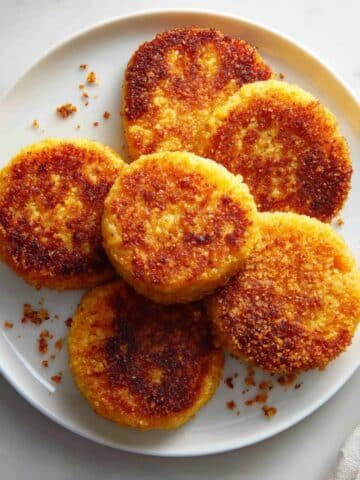

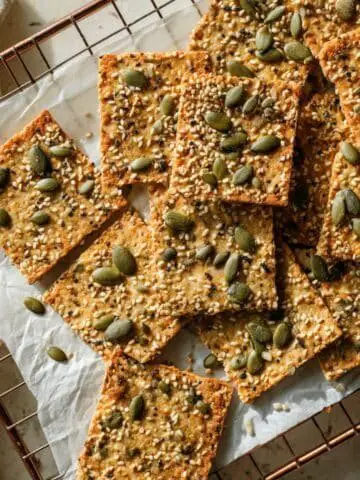
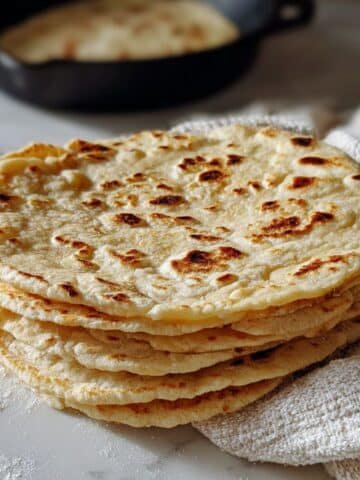

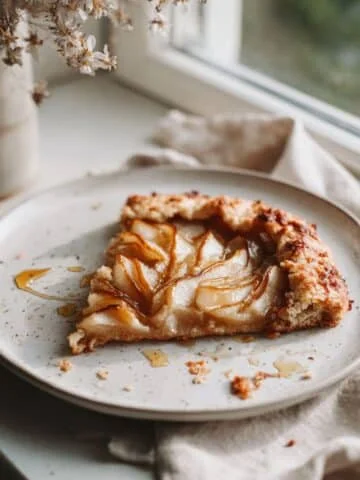


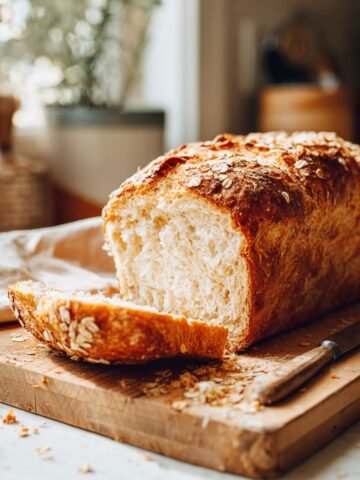
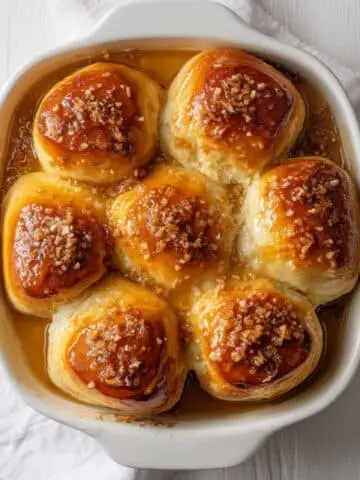
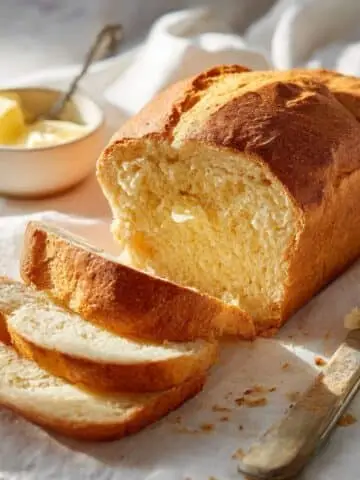

Leave a Reply